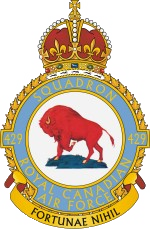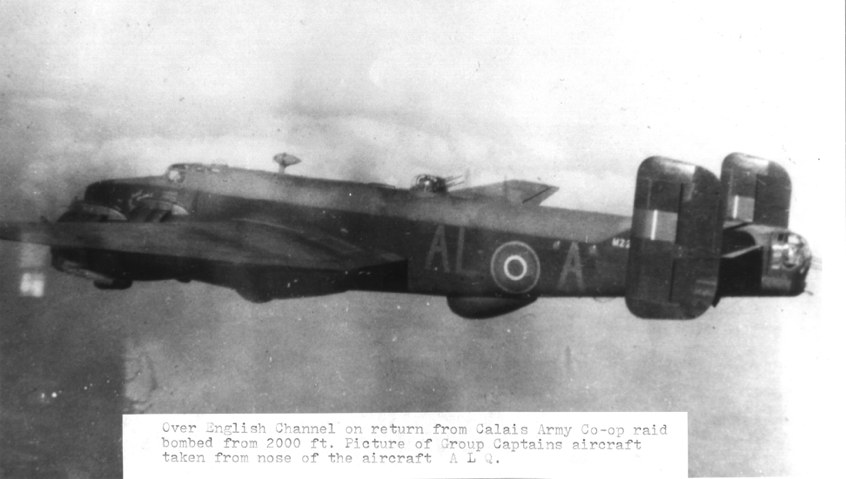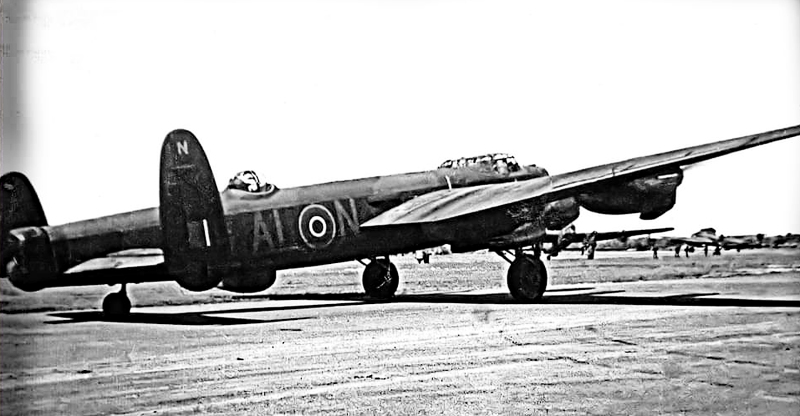 Bomber Command
Bomber Command  |
Aircrew Chronicles
|
Aircrew Losses
|
Nose Art
|
BCATP
|
Lancaster
|
Media
|
Aircrew Chronicles
|
Aircrew Losses
|
Nose Art
|
BCATP
|
Lancaster
|
Media
 Bomber Command
Bomber Command  |
Aircrew Chronicles
|
Aircrew Losses
|
Nose Art
|
BCATP
|
Lancaster
|
Media
|
Aircrew Chronicles
|
Aircrew Losses
|
Nose Art
|
BCATP
|
Lancaster
|
Media
No. 6 Group and the Canadian Squadrons
Bomber Command


|
|
On 7th November, 1942, 429 Squadron was formed at East Moor. Initially belonging to No. 4 Group, the unit transferred to No. 6 (R.C.A.F.) Group less than two months later. The Wellington was the main equipment used by the squadron towards the beginning of the war, and was replaced by the Halifax upon the unit's move to Leeming. For the majority of the war, the Halifax was employed by 429 Squadron aircrew and made a large contribution to the over 8,100 tons of bombs and mines carried to the enemy in 1944 and 1945 alone. In March of 1945, the squadron converted to Lancasters, and used them for the last few raids of the heavy bombing campaign. Towards the end of August 1945, the squadron participated in Operation Dodge, transporting troops from Italy to the U.K. This continued until the last day of May the following year.
The markings for 429 Squadron aircraft began with "AL." In the squadron crest, a bison stands with its head lowered. The motto "Fortunae nihil" ("Nothing to chance") is written below. The bison, indigenous to Canada, represents the squadron's Canadian background and how both the animal and the unit are "fierce and powerful opponents."



